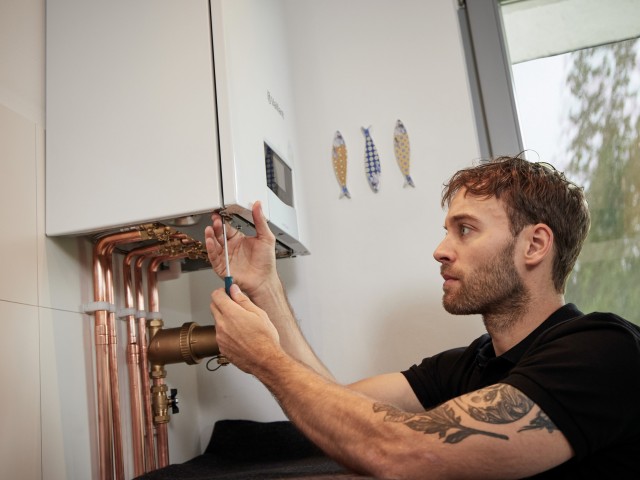What is a tundish?
A tundish is a device placed close to the pressure release valve that allows people to see if water has escaped the system due to excessive water pressure. Unvented hot water systems hold many advantages over traditional heating solutions, but one disadvantage is that excessive water pressure can damage a boiler if left unchecked.
A pressure release valve is installed to allow water to drain from the system if the pressure rises to dangerous levels, and the tundish allows people to see that this is happening and report the issue to a Gas Safe Registered (GSR) engineer.


_image_640w_213h.jpg)
